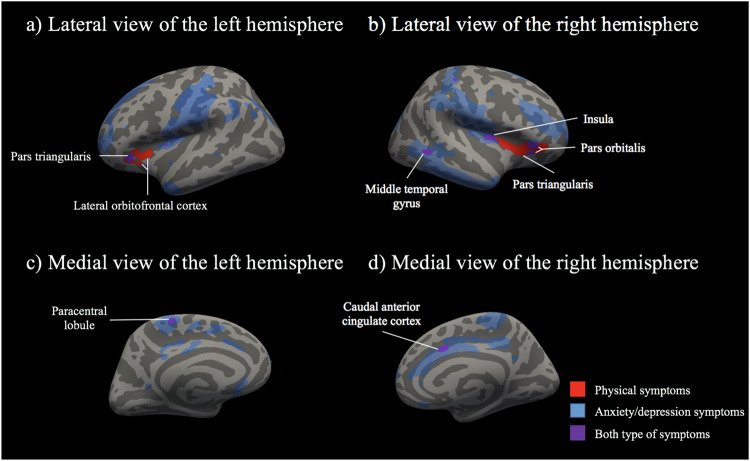Fig. 2. Significant associations between surface area and continuous scores of physical symptoms, anxiety/depression symptoms and both types of symptoms from meta-analyses after correction for multiple testing (n = 12,286).
Significant clusters of <45 mm2 are not annotated in the figure because they were considered exceedingly small. Specific findings for anxiety/depression symptoms are not annotated because are not the primary focus of this work. The models were adjusted for age, sex, national origin (Generation R) or race/ethnicity (ABCD), estimated intracranial volume, maternal education (Generation R) or parental education (ABCD), household income, body mass index and non-verbal intelligence quotient. ABCD analyses were additionally adjusted for the 21 study sites. Physical symptoms were assessed using the school-age version (for ages 6–18) of the Child Behavior Checklist (CBCL). The cluster annotated as “lateral orbitofrontal cortex” in the left hemisphere also included regions in the insula, pars triangularis and pars orbitalis. The cluster annotated as “pars triangularis” in the right hemisphere also included regions in the insula, lateral orbitofrontal cortex and pars orbitalis. For interpretation of the references to colour in this figure legend, the reader is referred to the web version of this article.

